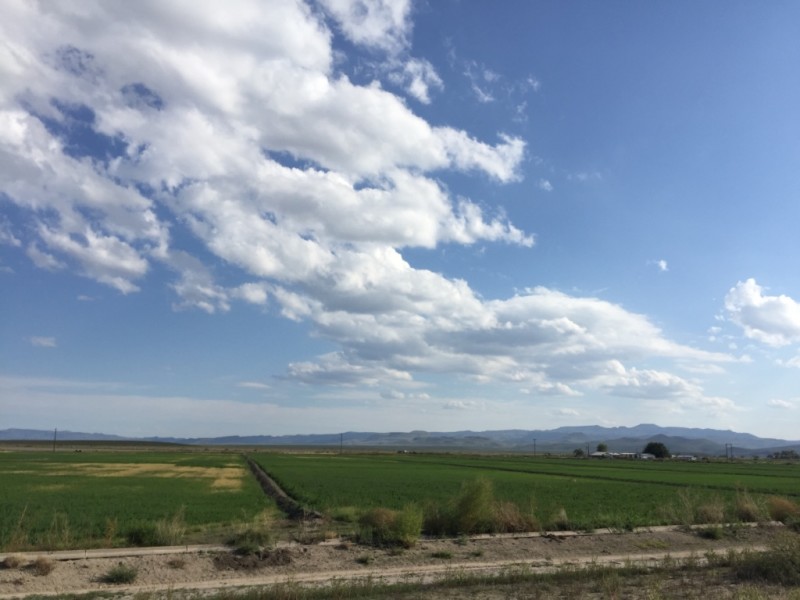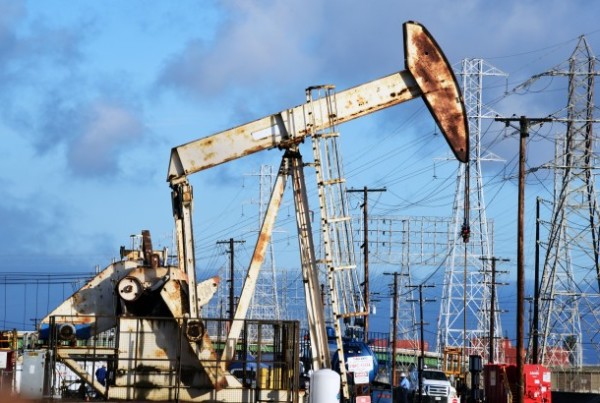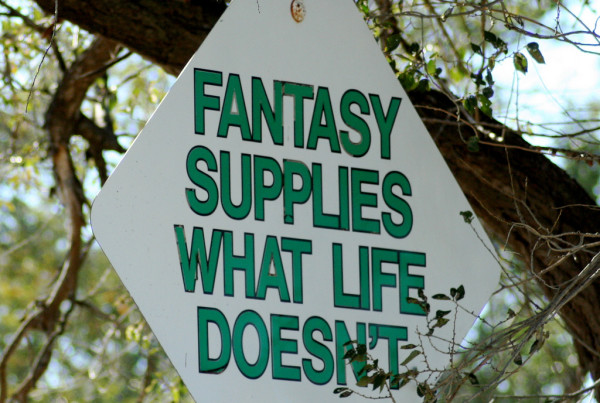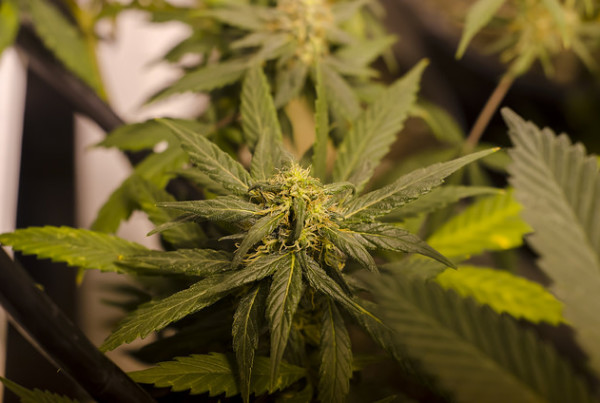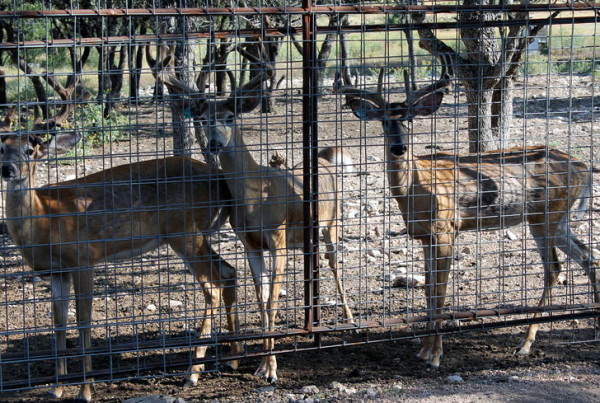This story originally appeared on Marfa Public Radio.
Like many desert towns, Balmorhea’s lifeblood is its water. San Solomon Springs travels from underground through irrigation channels across this town of about 500 people and out into the surrounding farmland.
The springs drew the town’s namesake developers Balcum, Moore and Rhea to the area in the early 1900’s. Texas Parks and Wildlife Historian Cyndi Brandimarte says before that trio founded the town, and ever since, this area’s been known for its unique oasis-like environment.
“I mean there was activity there, it was a known spot,” she says. “Historically it’s been a stopping point for people going down into the Davis Mountains, people going East-West, there was a lot of tradition of recreation in the area because of the water sources.”
Fort Stockton native Katherine Crenshaw married her husband and lifelong Balmorhea resident C.H. Crenshaw in 1949. Sitting in the couple’s kitchen, their dogs barking away outside, she still remembers marveling at how lush the town was when she first arrived.
“It really impressed me, even though we had kind of the same thing in our park and out in our farming area in Fort Stockton,” she says. “But coming through here it was cool, it smelled so fresh, that really struck me.”
President Franklin D. Roosevelt’s Civilian Conservation Corps (CCC) brought a boom to the town in the 1930’s when construction started on what is now Balmorhea State Park. It’s home to the world’s largest spring-fed swimming pool, according to the Texas Parks and Wildlife Department.
Brandimarte says the men working on the park at the time probably didn’t realize they were creating what would someday become a popular tourist stop. “I think probably they were more concerned about getting an education, rather than viewing themselves as workers in an economic engine,” she says.
While the pool still brings tourist dollars into town, Katherine Crenshaw says she’s seen a steady economic decline since the 1970’s, when Interstate 10 was built through the area. Travelers using an older highway used to stop in the town all the time, but after I-10 came, they started speeding right past.
“So we lost all the businesses,” Crenshaw says. “It hurt the whole town, and at the same time we had a change in farming. They quit letting the Braceros come in, and that was a big hit too in this whole part of West Texas.”
She describes the end of that federal program that brought Mexican farmworkers into the U.S., combined with the effects of the interstate, as sort of a perfect economic storm.
The Crenshaws shut down the drive-in theater they owned in 1981. In the meantime, other businesses withered away as well. “People moved out, and there wasn’t anything to bring more people in,” Crenshaw says.
Now, at 88 years old, C.H. Crenshaw ponders what the town’s future holds. “Its probably oil,” he says. “There’s shale fracking that’s going on right now between here and Pecos.”
Drilling in Reeves County hasn’t quite made it to Balmorhea, though Houston-based Apache Corporation did have a new well permit approved near the town in early October. Producers did start expanding their reach closer to the town before the price of oil fell.
More recently, according to Midland producer Steve Pruett of Elevation Resources, those prospects aren’t panning out. And he believes even if prices bounce back, drilling near Balmorhea just wouldn’t be profitable enough to make sense.
Still, some people worry.
Kendall McCook is a landowner who has tried to keep his own relatives from selling water for fracking in the county. “This is a serious potential problem in Balmorhea,” he told this radio station in 2014. “The springs that dried up at Fort Stockton can dry up in Balmorhea. If you have enough oil and gas people come in there and buy that water to frack wells, that water will disappear.”
Katherine Crenshaw says she wouldn’t want to see water over-used, but she would welcome more industry activity in the town.
“It’s very heavy in this area going north, and that has helped Balmorhea,” she says. “People are redoing, finishing houses, building, business are picking up.”
Whether or not the industry ever does get closer to Balmorhea, one thing’s for sure. It’s hard to imagine the town’s future looking anything like the town does today without those famous springs flowing strong. Farmers still depend on the water, as does tourism. Balmorhea State Park says about 130,000 people visited the park in just the past year.
This story has been updated to mention a drilling permit near Balmorhea that was approved in early October, 2015.


